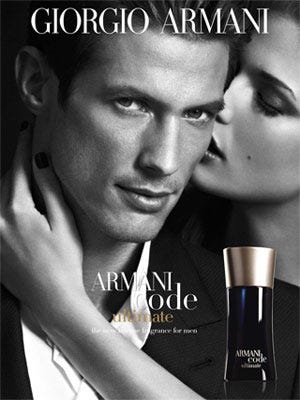Go Get Your Halo!
The Halo Effect in Marketing
It’s finally the holiday season! And for me, it will be all about binge-watching and binge-reading. (Yes, I like to live a hermit lifestyle during holidays). Do you watch movies and/or read books? What about films based on books?
Whenever any books I have read are adapted into a show or a movie, I get excited. If the book is good, like an unreasonable child, I expect the film to be a good one as well. Clearly, I haven’t learned anything from my past experiences. I could write a book on horrible movie adaptations of brilliant books given the time and chance.
However, I have a question for you: Why do we expect the movie to be good, just because the book was good? While you think about this, let me tell you about yet another cognitive bias called the Halo Effect. The halo effect is a cognitive bias that claims that positive impressions of people, brands, and products in one area positively influence our feelings in another area. This bias is exactly why most of us expect a good movie from a good book.
Another example of the halo effect is when one assumes that a good-looking person is also an overall good person in a photograph. But, again, this error in a judgment reflects one’s individual preferences, prejudices, ideology, and social perception. We can find this bias in all aspects of our life, from interactions at school and in the workplace, to responses to marketing campaigns. When the halo effect takes hold of our decision-making, it can hinder our ability to think critically about other peoples’ traits. As a result, we may mistakenly judge others unfairly and miss out on valuable opportunities.
Why do you think this bias occurs?
The halo effect occurs mainly because our social perception is a constructive process. When we form impressions, we do not rely solely on objective information; instead, we actively construct an image that fits in with what we already know. Indeed, the fact that we sometimes judge another person’s personality based on that person’s physical attractiveness is quite surprising. The term “halo” alludes to the religious concept of a glowing circle crowning the heads of saints and bathing their faces in a heavenly light. In terms of cognitive bias, the halo represents the positive light that we place upon people or things because of specific external characteristics. Because of their apparent halo-like qualities, we may be subject to overestimating the worth of people or things.
Marketers and advertisers have been using the Halo Effect for a long time, whether they were conscious of it or not. It has been known that by associating a product with something (or someone) attractive, we can raise the perceived value of the product as well. Here are a few ways brands have been using the Halo Effect as a persuasion strategy -
Celebrity Endorsements - Celebrity (or authority) endorsements are widespread, not just online, but in marketing history. The logic goes, “if X important person used Y product, it must be amazing.” The thing is, if the allure of the celebrity is strong enough, there doesn’t even need to be a strong correlation between the celebrity and the product. This form is of the Halo Effect is really a highly visible type of social proof.
Beautiful people in design - There’s absolutely no question that advertisers have used beautiful people to sell their products for decades. A few products in specific come to mind, like perfume, clothing, and alcohol. And of course, it has been pretty empirically supported that using attractive models is effective. However, something to keep in mind is that the use of attractive people in design alone won’t usually move the needle.
(c) Beautiful Design - It isn’t just beautiful people that can induce a Halo Effect on your site; it’s beautiful images and design, as well. It turns out that first impressions are essential online, and design issues affect those first impressions, leading to a possible mistrust of a website. We know it takes about 50 milliseconds (that’s 0.05 seconds) for users to form an opinion about your website that determines whether they like your site or not, whether they’ll stay or leave. Sometimes, beautiful websites just make you think they have their stuff together.
Although the Halo Effect goes both ways – you could be limiting your testing program by ruling out variations that aren’t ‘beautiful enough.’ It’s about what works, not what’s prettiest. That said, the research tells us people tend to associate beauty with quality and all those other nice traits, so it’s good to keep in mind.
What have we done so far -
The halo effect is a cognitive bias that claims that positive impressions of people, brands, and products in one area positively influence our feelings in another area.
An example of the halo effect is when one assumes that a good-looking person is also an overall good person in a photograph.
The halo effect occurs mainly because our social perception is a constructive process.
Marketers and advertisers have been using the Halo Effect for a long time, whether they were conscious of it or not. It has been known that by associating a product with something (or someone) attractive, we can raise the perceived value of the product as well.





